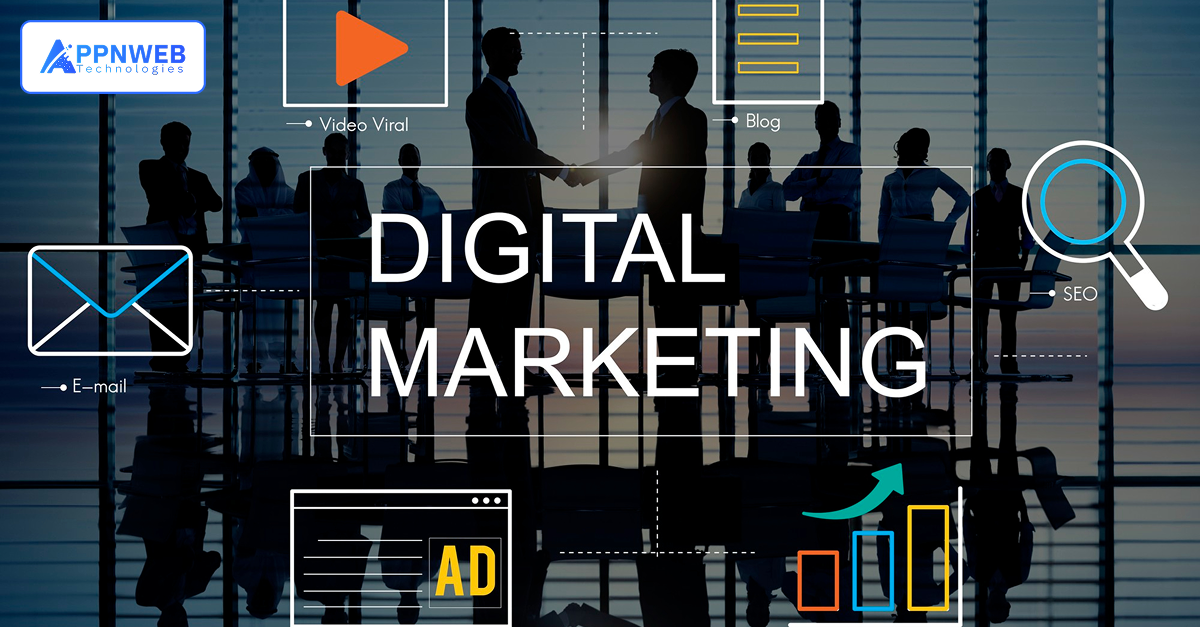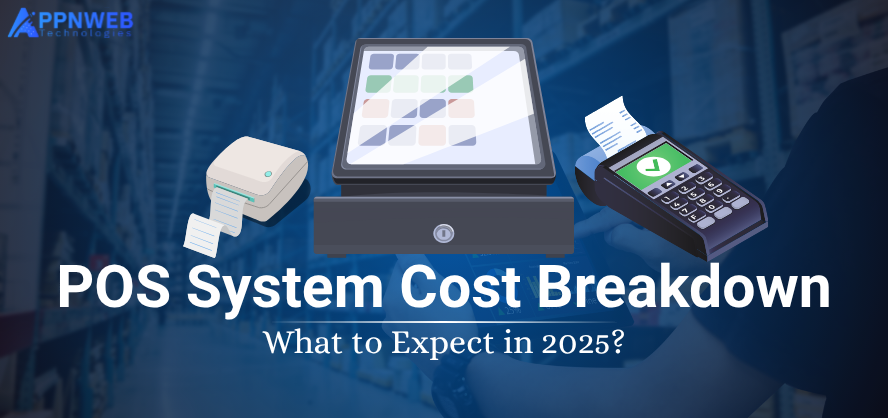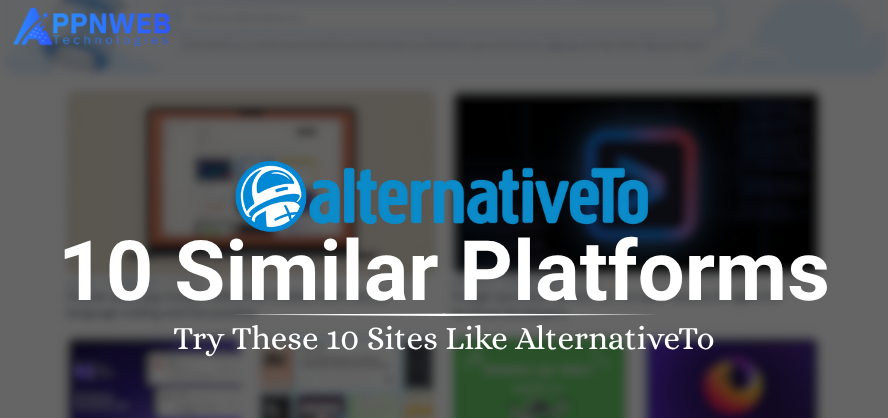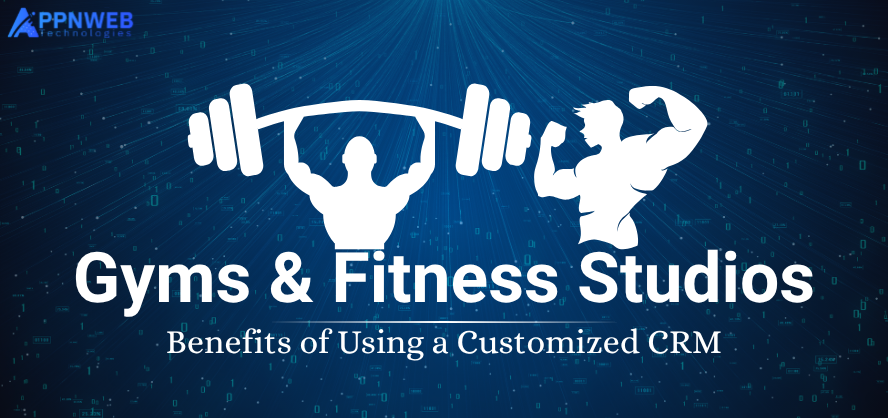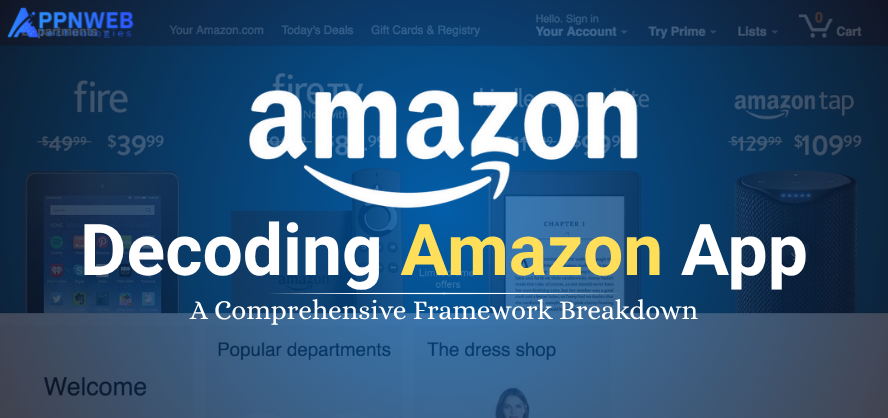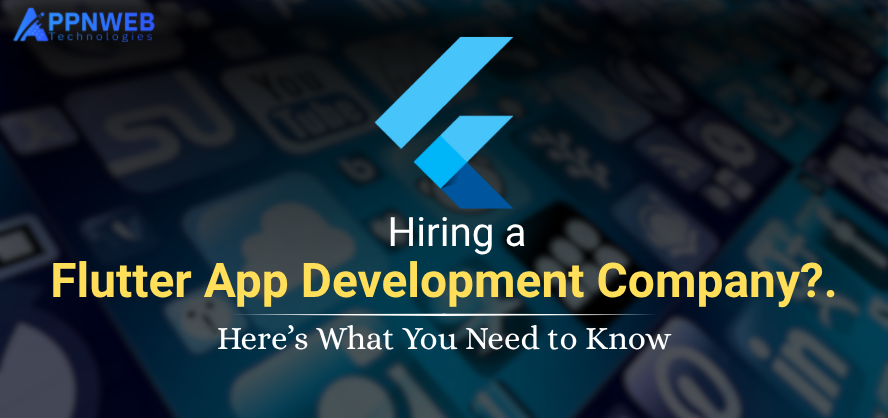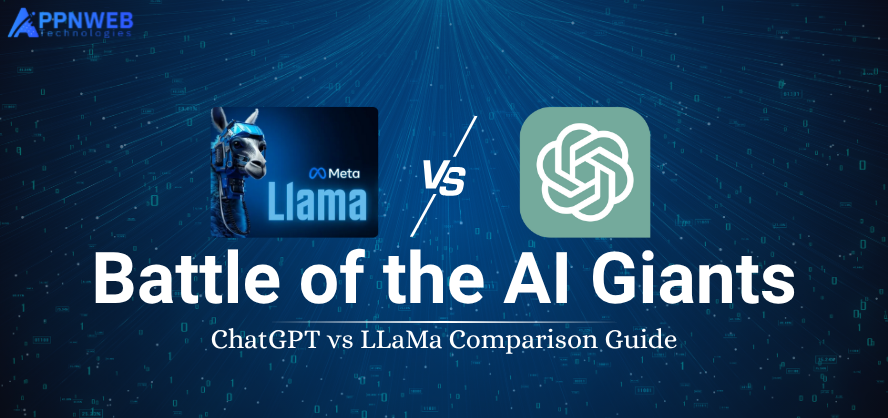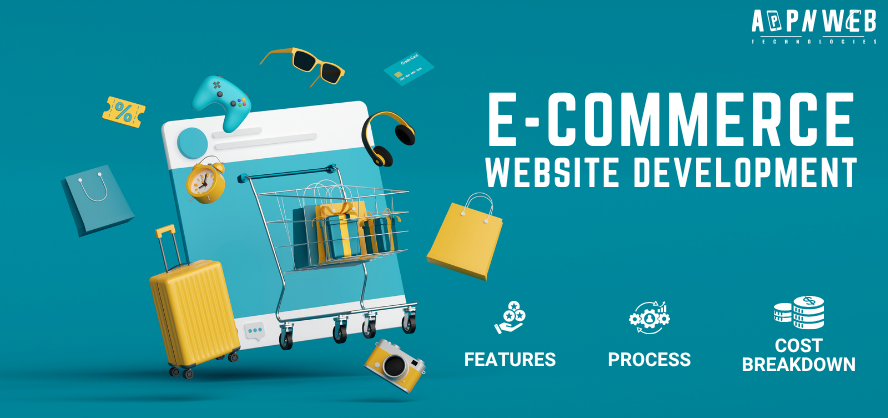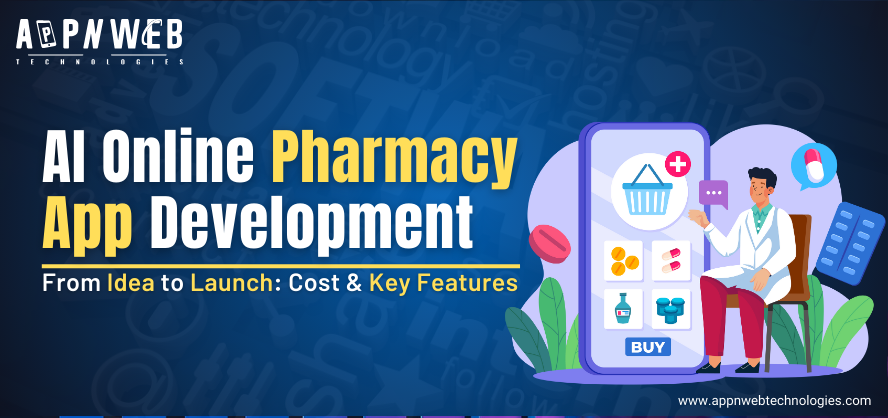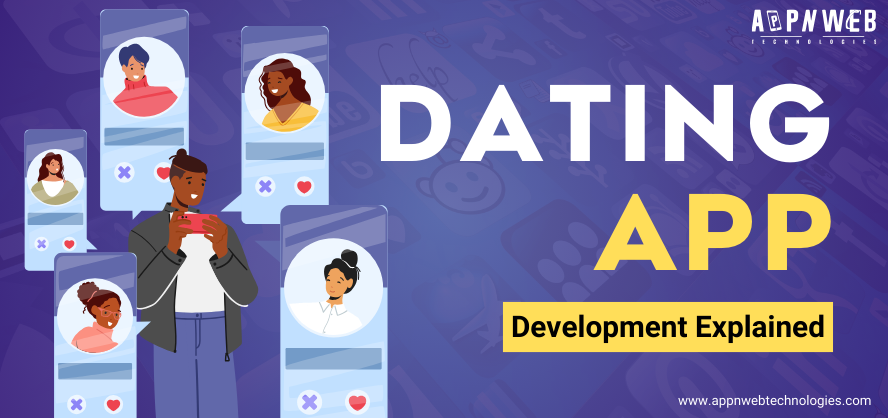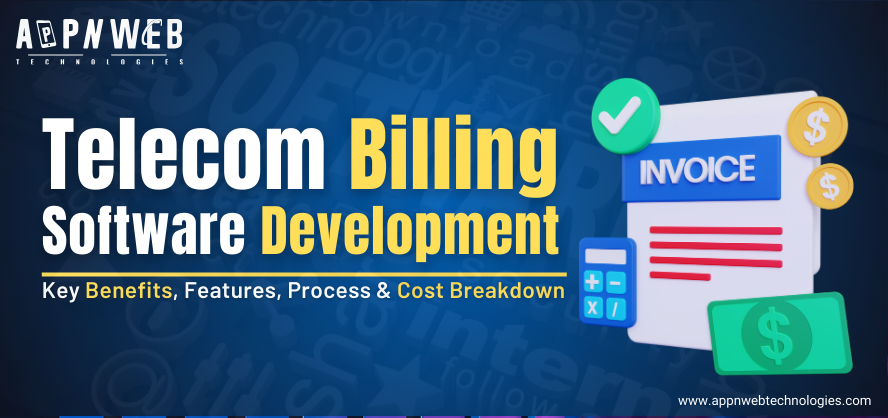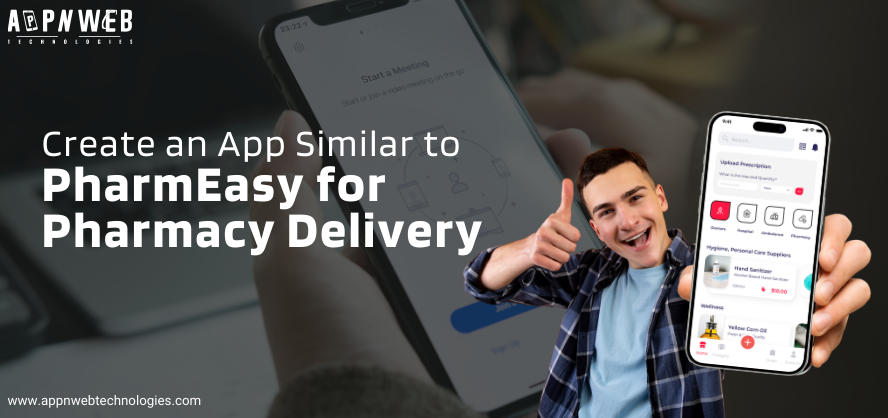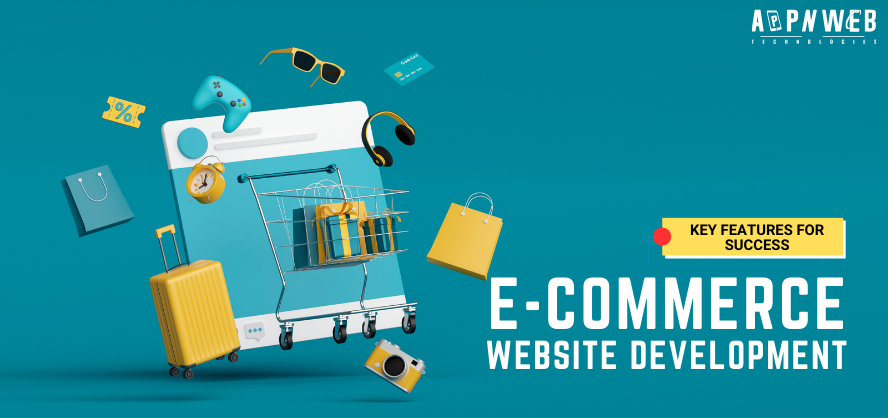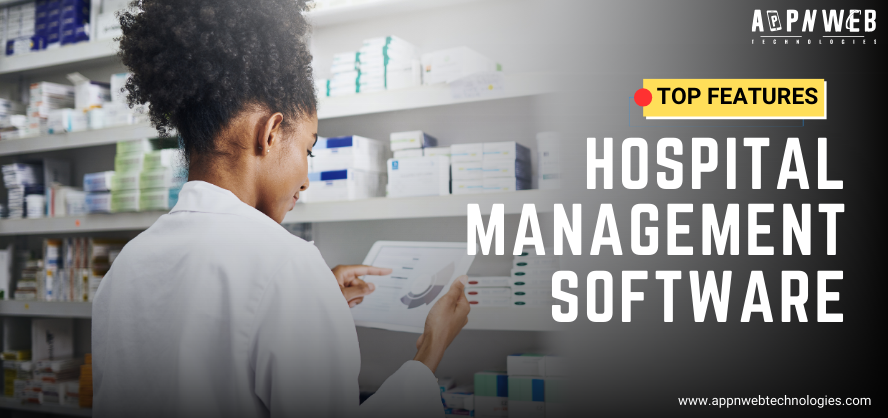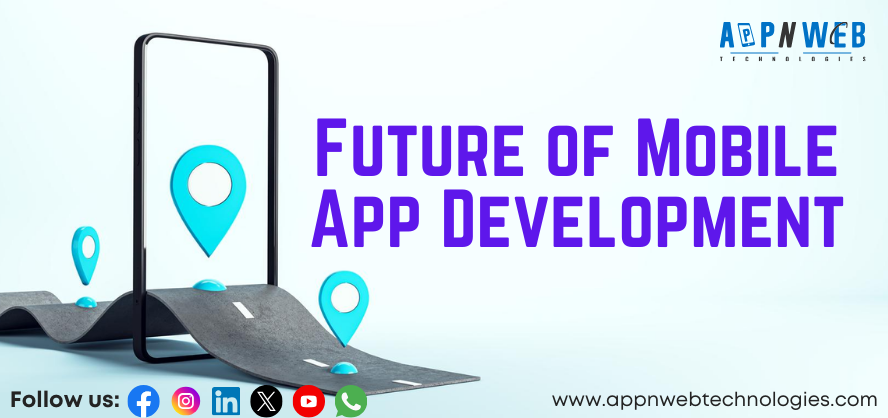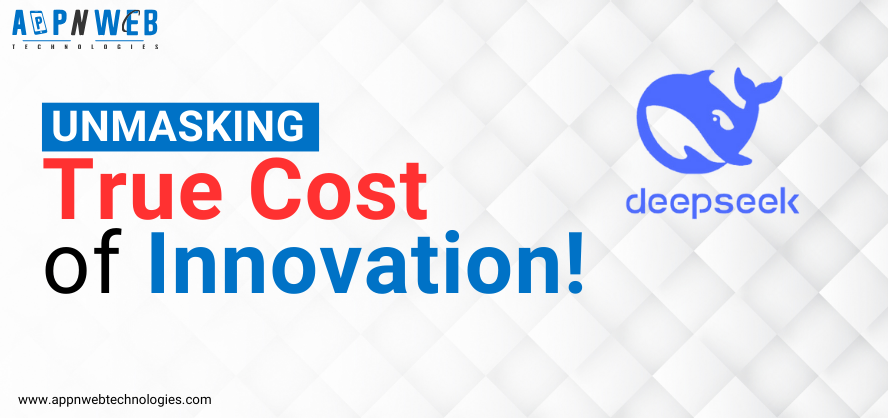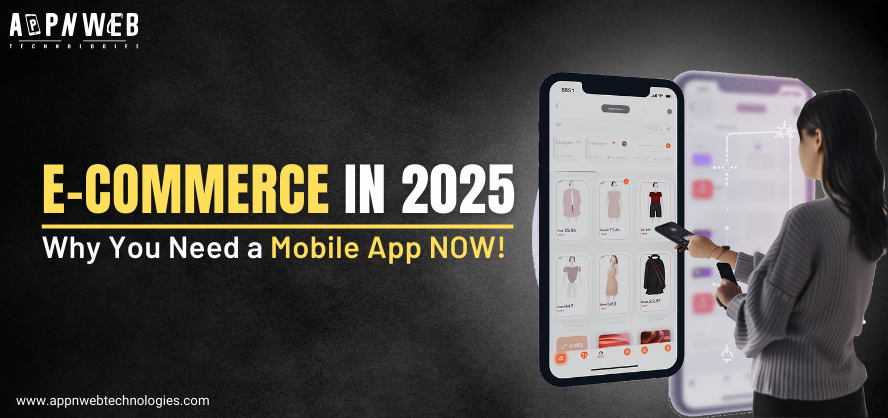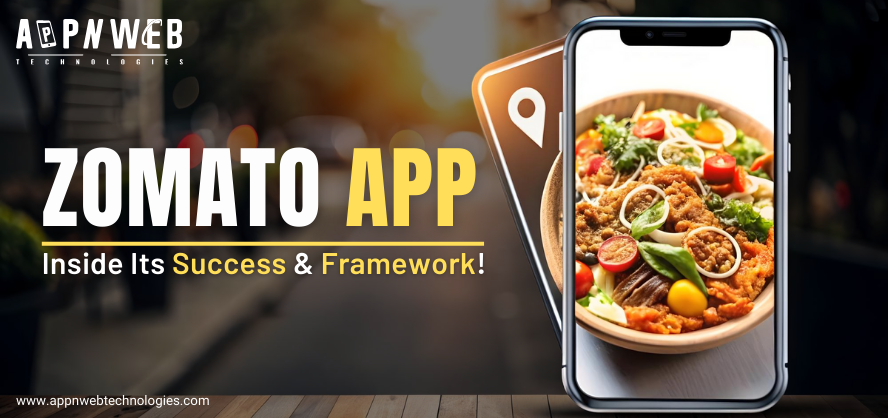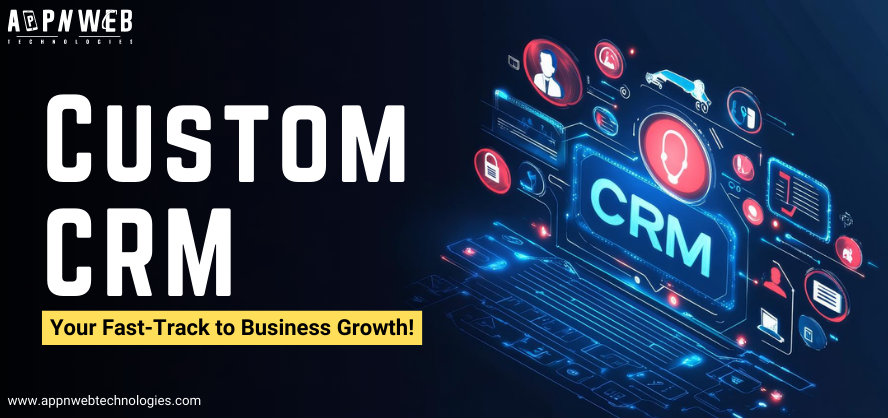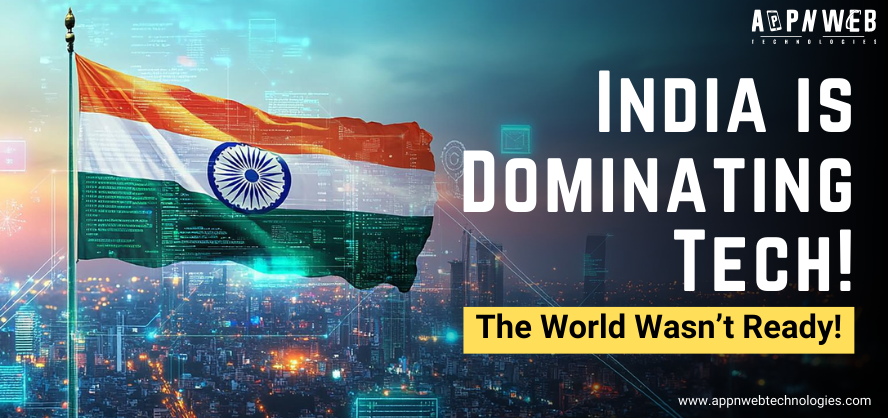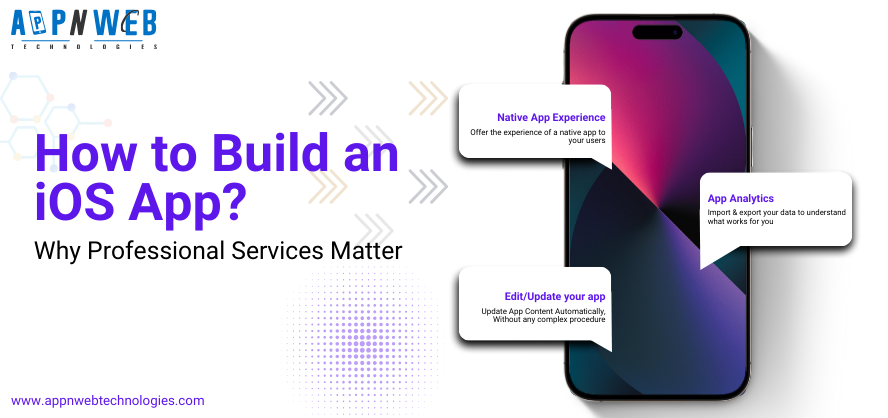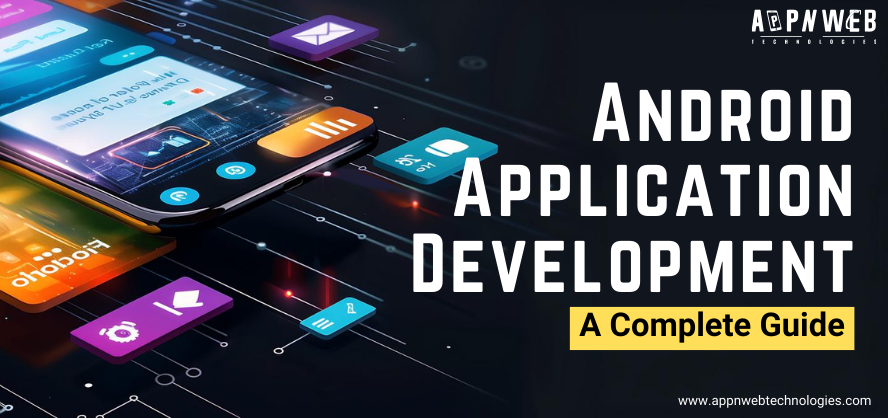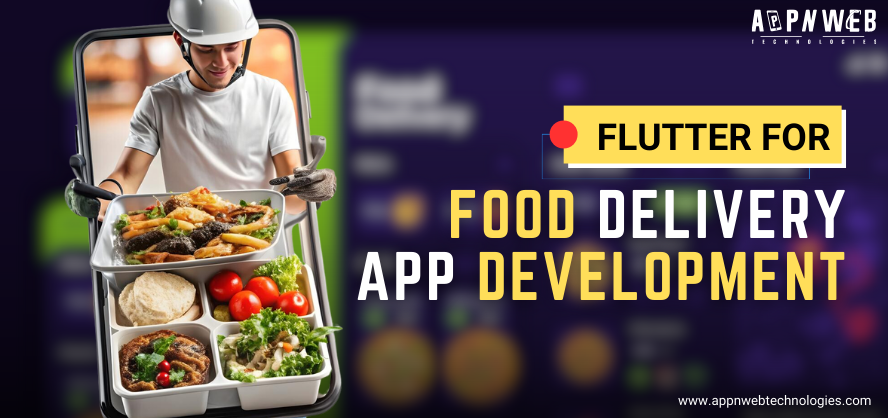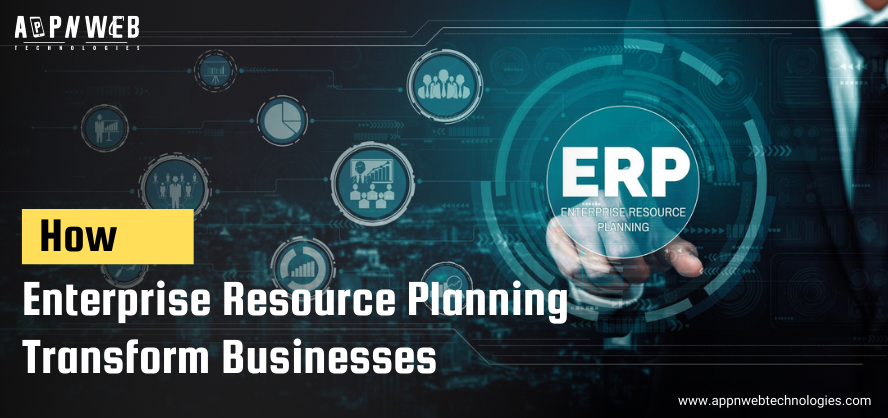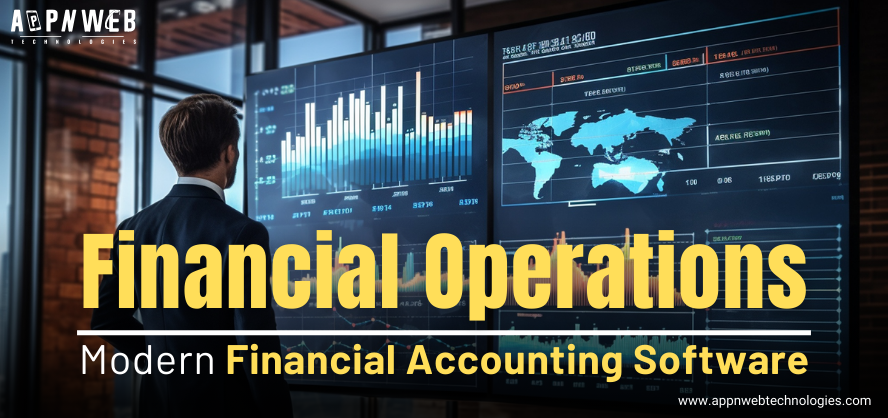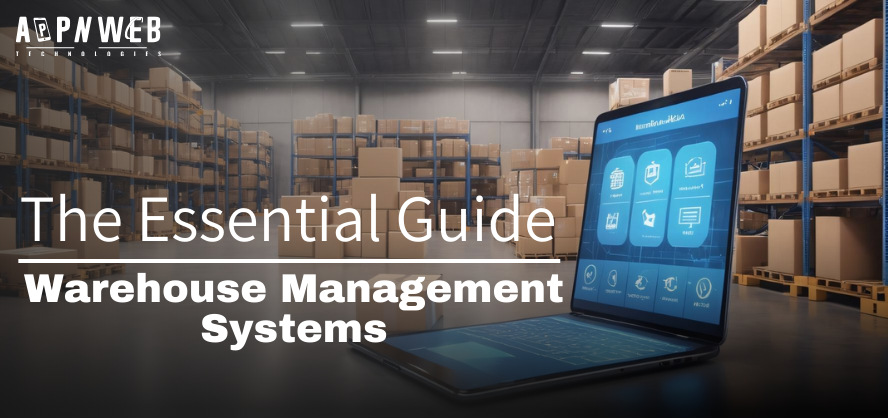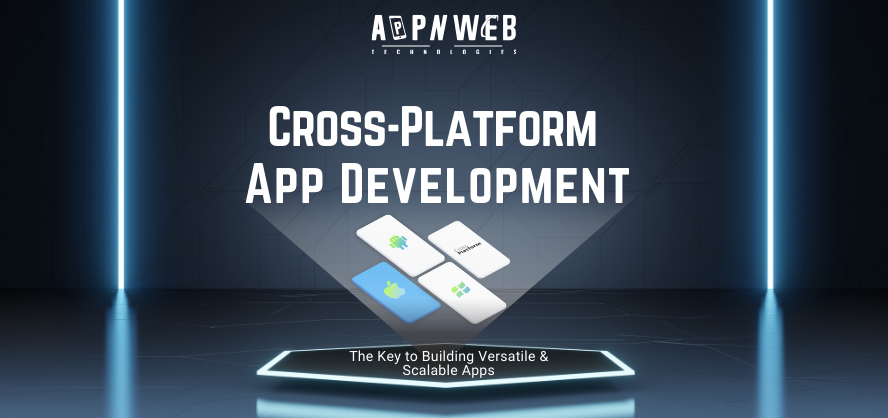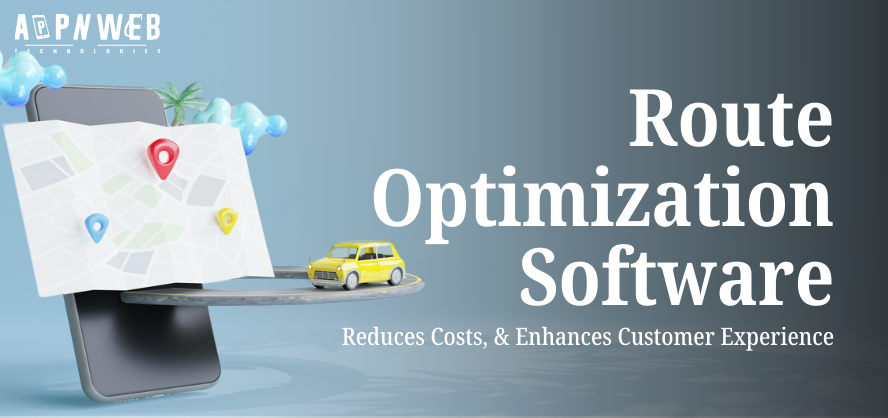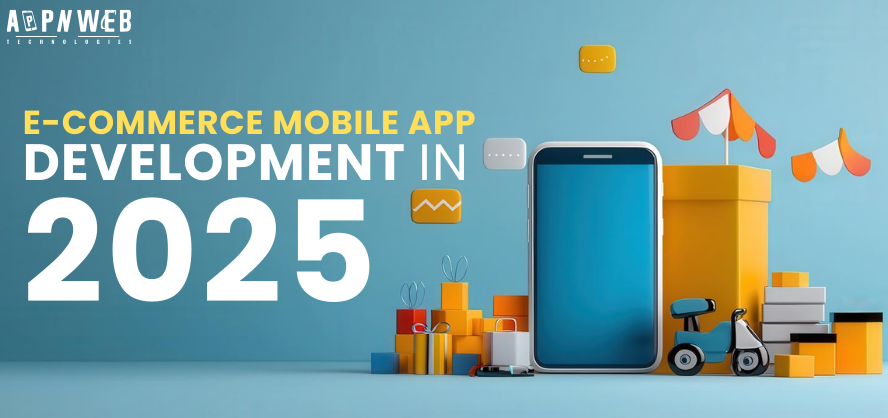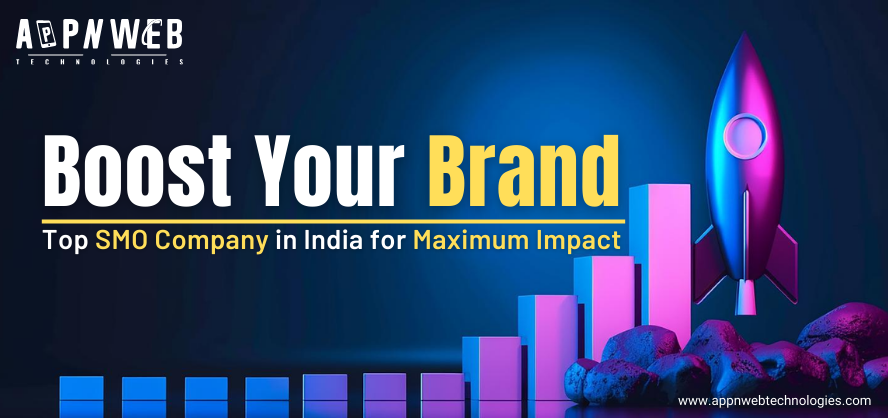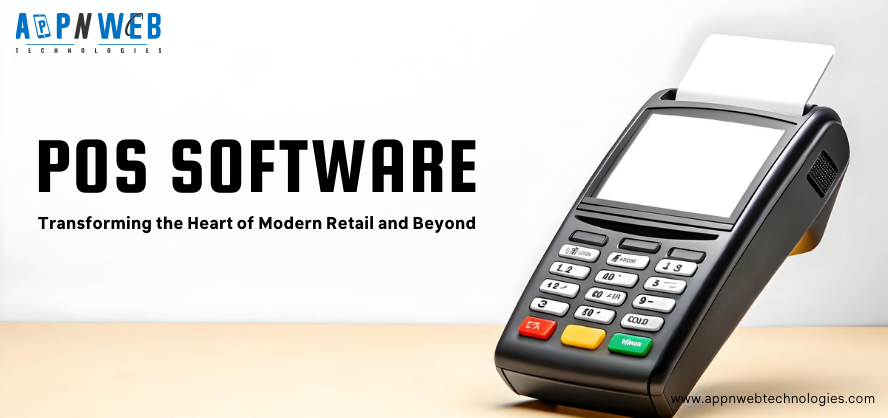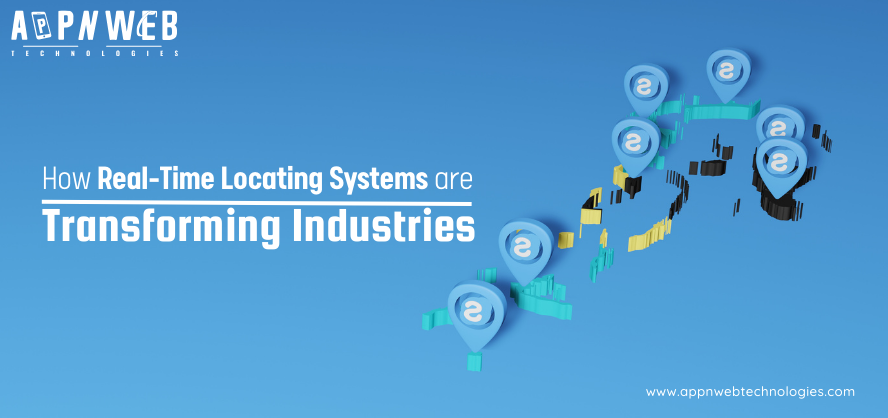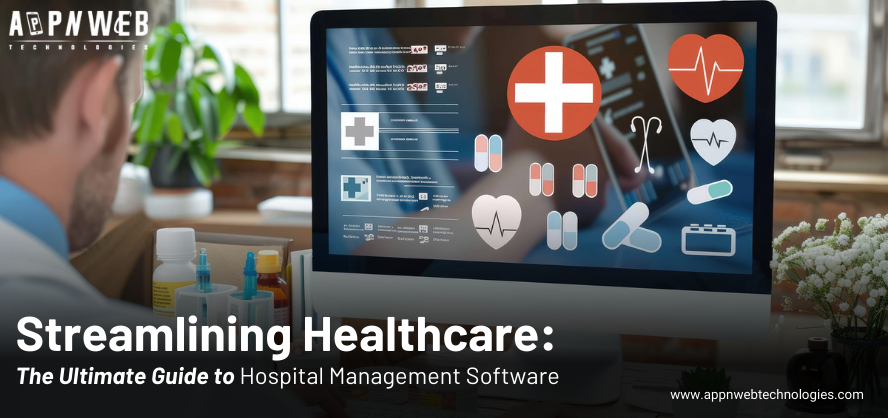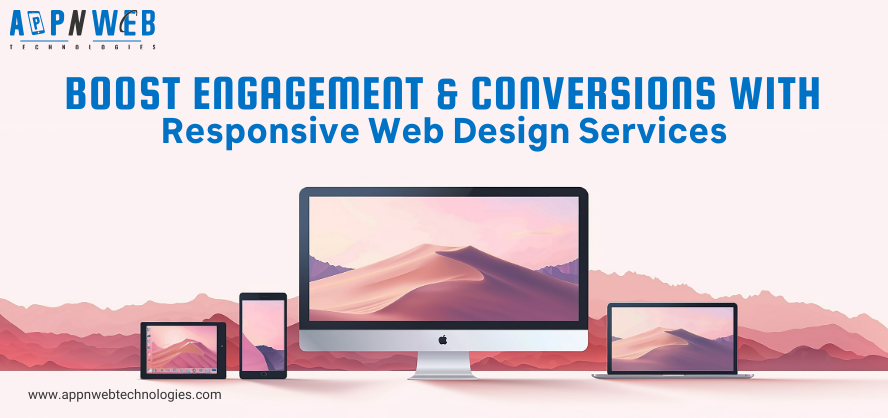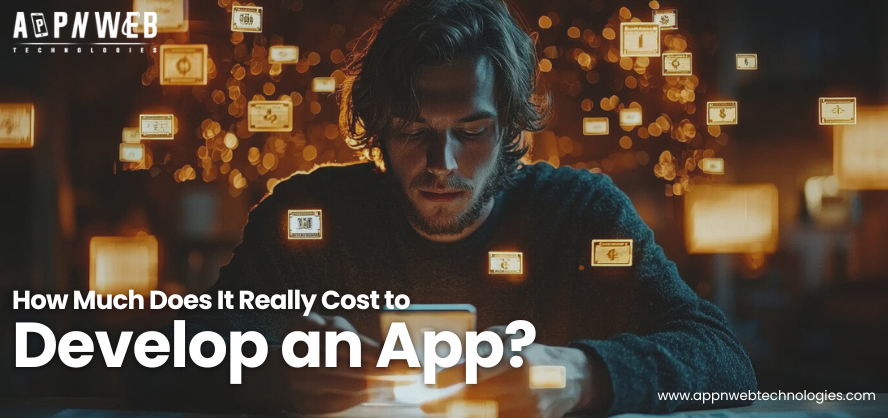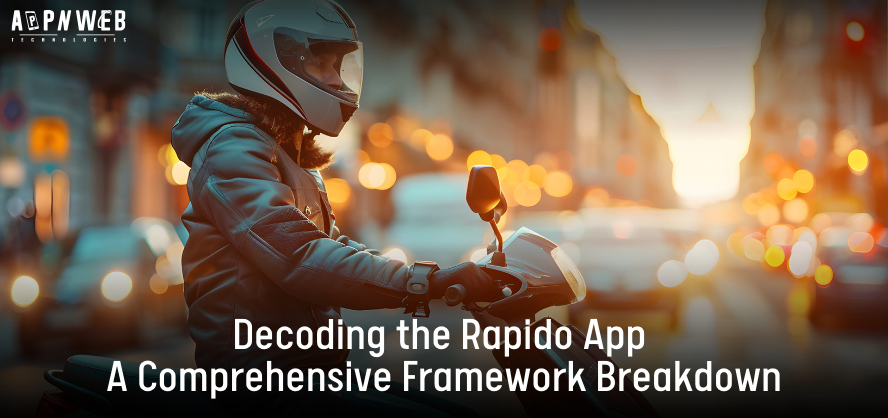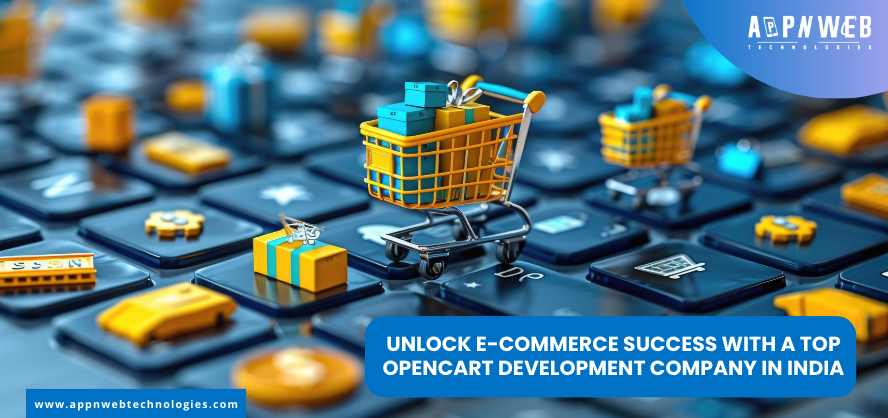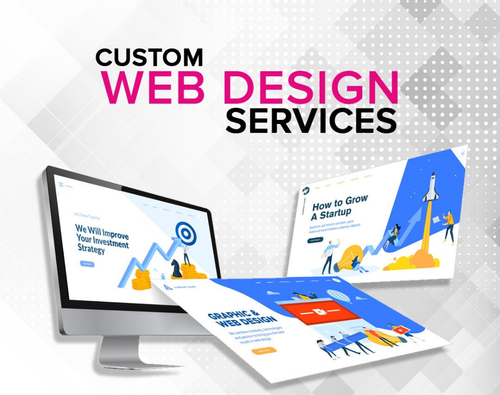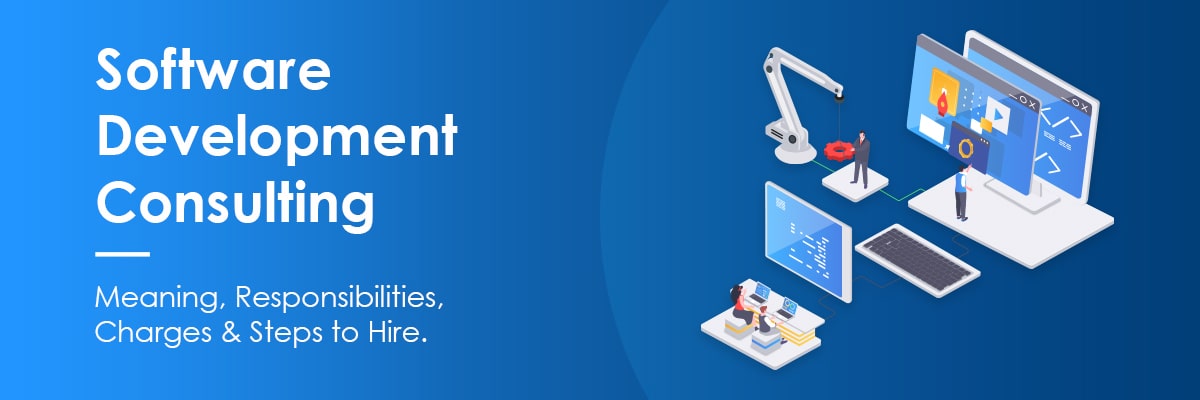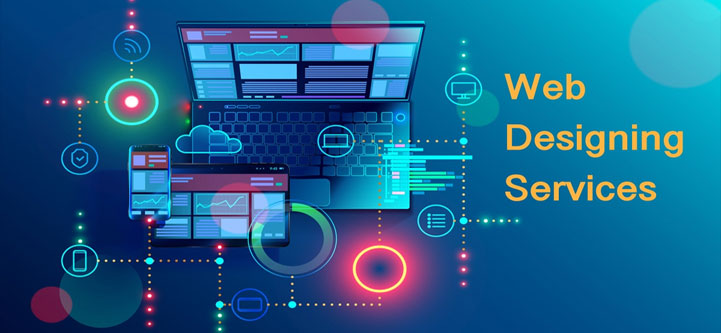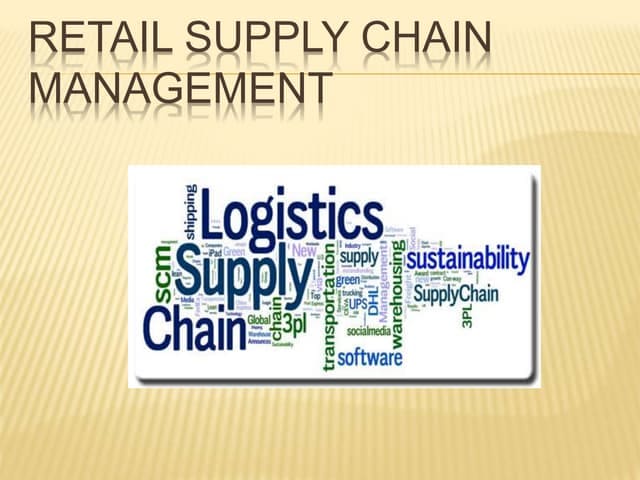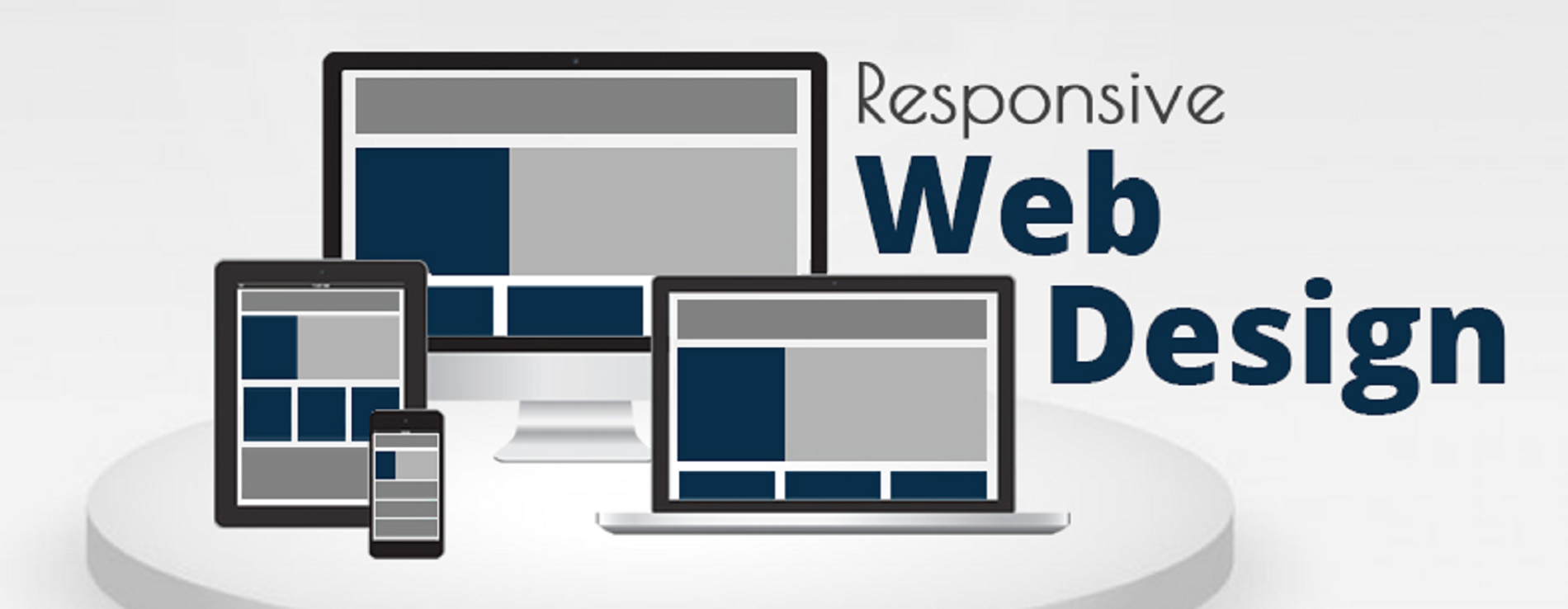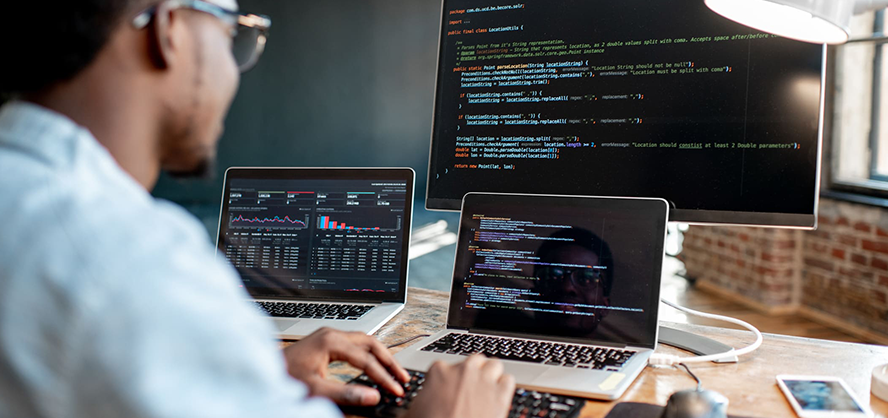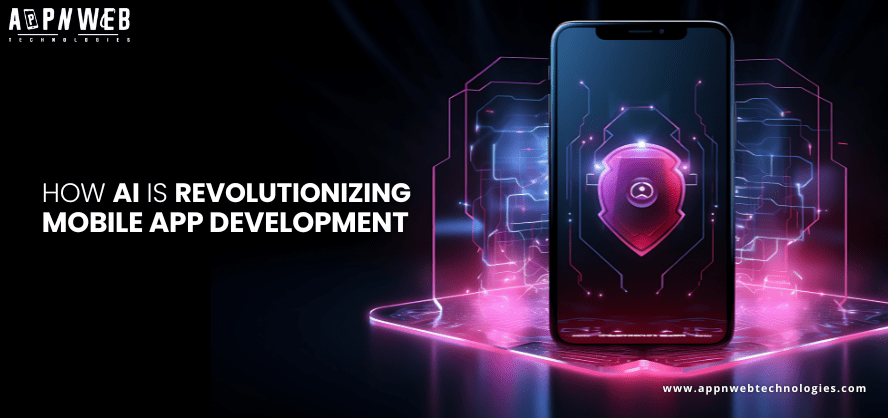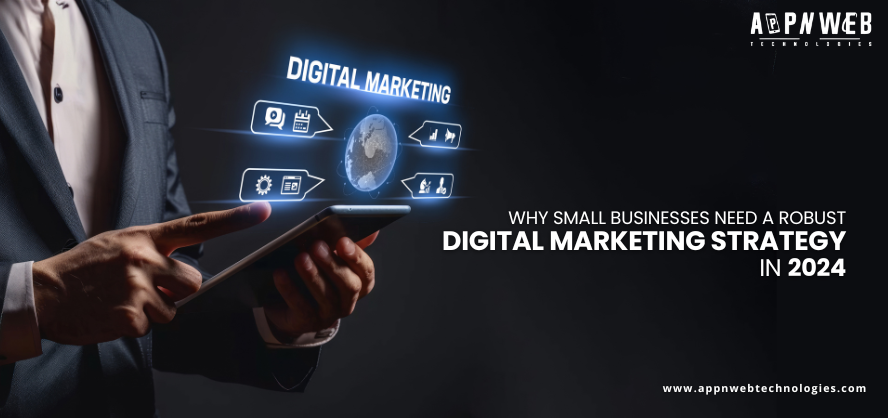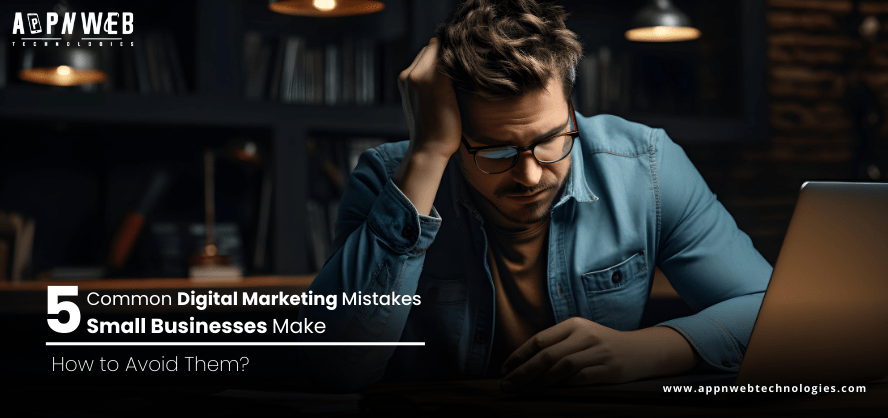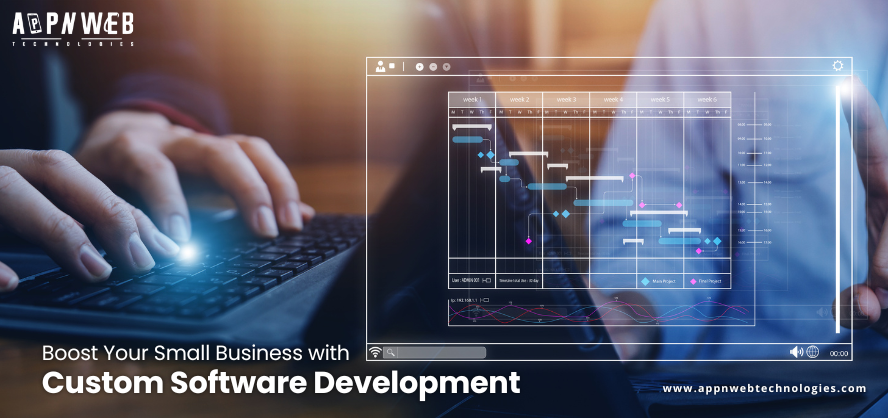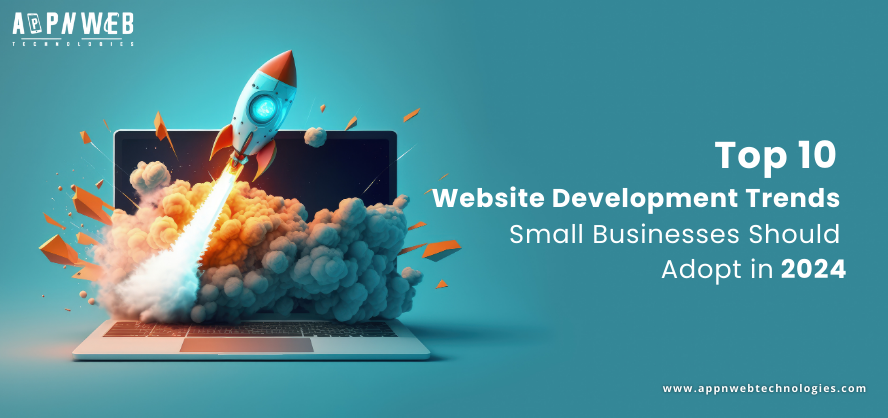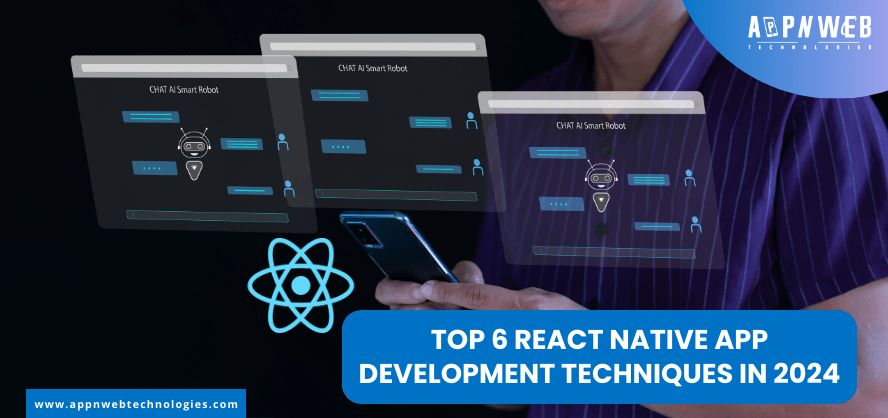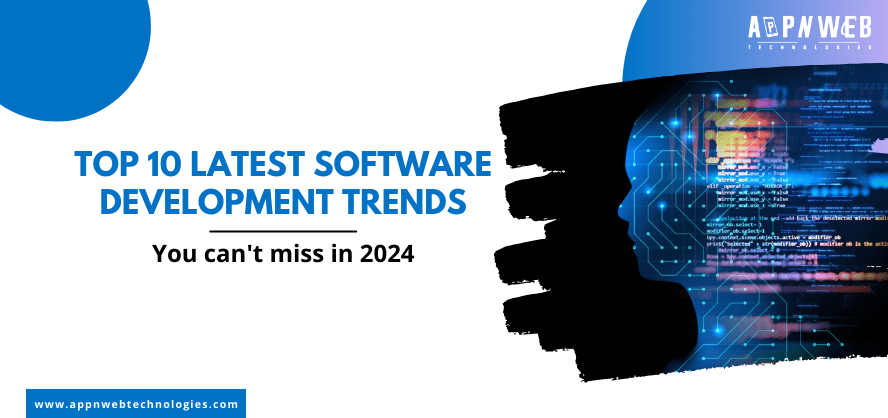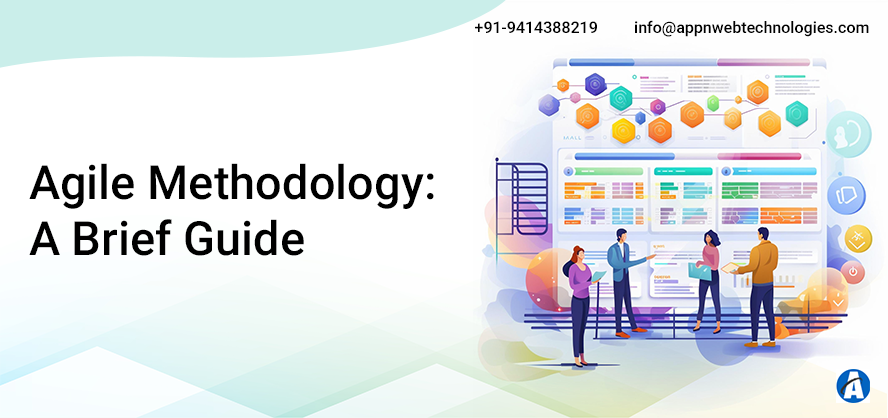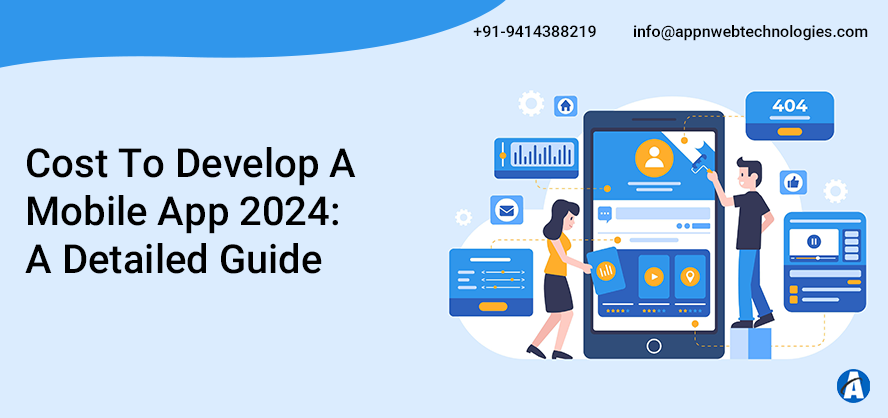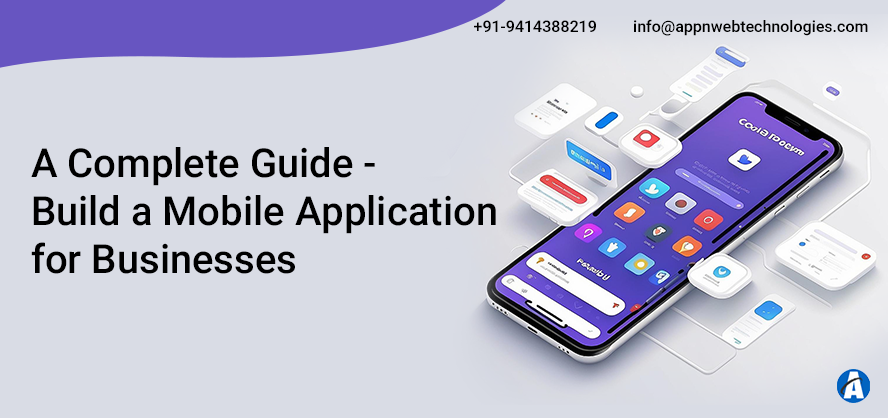Critical to have an insight into the pricing of POS systems in the rapidly changing retail and hospitality environment is business owners who wish to plan in the year 2025. Making decisions about launching a new company or updating your current one may be much wiser and cost-effective when you understand the price of a POS system, and how this price varies between providers. You can find all the details of POS system prices, including software and hardware costs as well as optional charges, in this guide, so that you are fully aware of what you are getting into.
What Is a POS System?
A Point of Sale (POS) system is not only a cash register. The contemporary POS systems are software-application-hardware combinations that handle sales, stock, payment, client details and frequently much more. The appropriate POS will enable you to run a lean operation and make business decisions faster, better and more efficiently.
POS System Pricing in 2025: The Big Picture
The (POS system pricing in 2025, your business size and industry, and the requirements to meet features varies highly. If you are a startup or small company you may be able to find entry-level systems at just $0 to $100 a month, particularly when you are willing to use your own equipment or are mobile-based systems. More complex and capable systems to support the expansion of a business may cost $150 to 400 per month or more, with a hardware cost added and a payment processor fee.
In case it involves large enterprises or/and businesses that have several locations, expenses may reach embarrassing amounts, with higher- and lower-end systems costing INR 70,000 to INR 2,00,000 (about $850 to $2,500-ish, more) respectively.
Breaking Down POS Costs: What Goes Into the Price?

1. POS Software Costs
Any POS system depends on software. The prices of POS software are normally in the following brackets:
- Basic POS software: Starting at $0 up to 30 dollars a month which fits small stores or startups with little requirements.
- Advanced or industry-specific software: The annual price ranges between $60 to $150+ with options of managing inventory, analytics, loyalty programs, and integration.
- Enterprise-level software: $200+ to $400 per month, configured to multi-site retailers or food restaurants which requires complex reporting and management facilities.
Depending on the amount of features, some providers may offer the basic plans at no cost whereas others may require a one-time payment or may give custom quotes in case of large business.
2. POS Hardware Costs
The hardware needs are based on the kind and size of the business. Typical add-ons are terminals, printers of receipts, barcode readers, cash drawers and card readers.
- Mobile POS hardware: Less than or as little as $0 to $100, in particular, when you already have your personal smartphone or tablet.
- Countertop kits: Costing between $500 to 2,000+ with all required peripherals needed to make a full retail or restaurant system.
- Specialized hardware: In extensive businesses or small sectors, a price of a hardware being at least $2000 or more is not rare.
3. Payment Processing Fees
Every POS system that accepts card payments will charge transaction fees. These are usually:
- In-person sales: 2.3% to 2.9% per transaction.
- Online or keyed-in transactions: Slightly higher, often 2.9% to 3.5% or more.
- Industry-specific rates: Grocery, utilities, and other sectors may have lower or custom rates.
Some providers bundle processing fees with software costs, while others allow you to choose your own payment processor.
4. Installation, Maintenance, and Add-Ons
- Installation fees: Can range from $0 (DIY setups) to $1,000 or more for complex, multi-terminal installations.
- Maintenance and upgrades: Some vendors include updates in the subscription, while others charge extra for major upgrades or support.
- Add-ons and integrations: Features like advanced analytics, e-commerce, or loyalty programs may incur additional monthly or one-time fees.
5. Hidden or Optional Costs
- PCI compliance fees
- Early termination or cancellation fees
- Custom integrations or API access
- Employee training
Always read the fine print to avoid surprises.
POS Cost Comparison: Retail vs. Restaurant vs. Service Businesses
Retail point of sale systems can largely revolve around inventory control, scanning of barcodes and multi channel selling. Prices in this case start at approximately $39 to $89 a month of software costs, and 500 dollars of hardware and installation.
Restaurant point of sales are concentrated on menu customization and table management systems and kitchen display systems. Basic pricing may be free of charge but tiered fully featured systems may range between $100 and $300+ on a monthly basis.
There are cheaper alternatives to service (salons, gyms, etc.) companies, especially when they do not require as many hardware elements, and also the software.
How Much Does a POS Cost? Real-World Examples
- Startups and small shops: Can launch with a basic POS for $70 to $250 total, especially if using mobile hardware and free software plans.
- Small to medium businesses: Should budget $570 to $3,150 for a more complete setup, including hardware, software, and installation.
- Medium to large retailers: May spend $940 to $5,200 or more, especially if they require advanced features or multiple locations.
- Large enterprises: Costs can reach $1,300 to $19,000+ depending on scale, customization, and hardware needs.
POS Cost Comparison: Popular Providers in 2025
- Square POS: Free basic plan, transaction fees from 2.6% + 10¢ to 3.5% + 15¢ per transaction. Hardware starts at $0 for mobile readers, up to $1,649 for full kits.
- Shopify POS: $39–$89 per month for software, hardware from $0 to $500, transaction fees from 2.4% to 2.9%.
- Lightspeed Retail: $207 per month for software, custom hardware pricing, transaction fees depend on provider.
- Clover POS: $60–$190 per month for software (excluding hardware), 2.3%–3.5% per transaction.
- Razorpay (India): Monthly rental from INR 325–425, installation fee INR 1,000, transaction fees from 1.1% to 1.85% depending on industry.
What Influences POS System Pricing?
Several factors determine how much a POS costs:
- Number of terminals and locations: More devices and stores increase costs.
- Industry-specific needs: Restaurants, grocery stores, and specialty retailers often require more complex features.
- Customizations and integrations: The more you tailor your POS, the higher the price.
- Payment processing volume: Higher sales can sometimes earn you lower transaction rates.
- Support and service levels: 24/7 support or dedicated account managers may add to your monthly bill.
How to Choose the Right POS System for Your Budget
- Assess your actual needs: Avoid paying for features you won’t use. Start with a basic plan and upgrade as you grow.
- Compare POS cost breakdowns: Look beyond monthly fees—factor in hardware, installation, processing, and hidden charges.
- Check for transparent pricing: Choose providers that clearly list all costs and offer flexible plans.
- Consider total cost of ownership (TCO): Include all recurring and one-time expenses over the expected lifespan of your POS.
Conclusion
In 2025, the prices of POS systems are very elastic, as each business, of any size and field, gets fitted with a solution. The cost of an entry-level system has never been low, and the advanced, scalable systems have great features to accommodate the rising businesses. Comparing the price comparison of POS, it is always important to bring to the table your special needs and do not also fail to request a provider with the list of all charges.
Knowing what a POS can cost (software and hardware, transaction and support), you will be in a good position to make a decision and pick a system that works, is efficient, and provides an enjoyable customer experience in the year to come.
Thanks for reading!
Have a project in mind? Schedule a free consultation today.
Get StartedNeed Expert Development Services?
You have spent quite some time on this page while seeking a suitable technology partner.


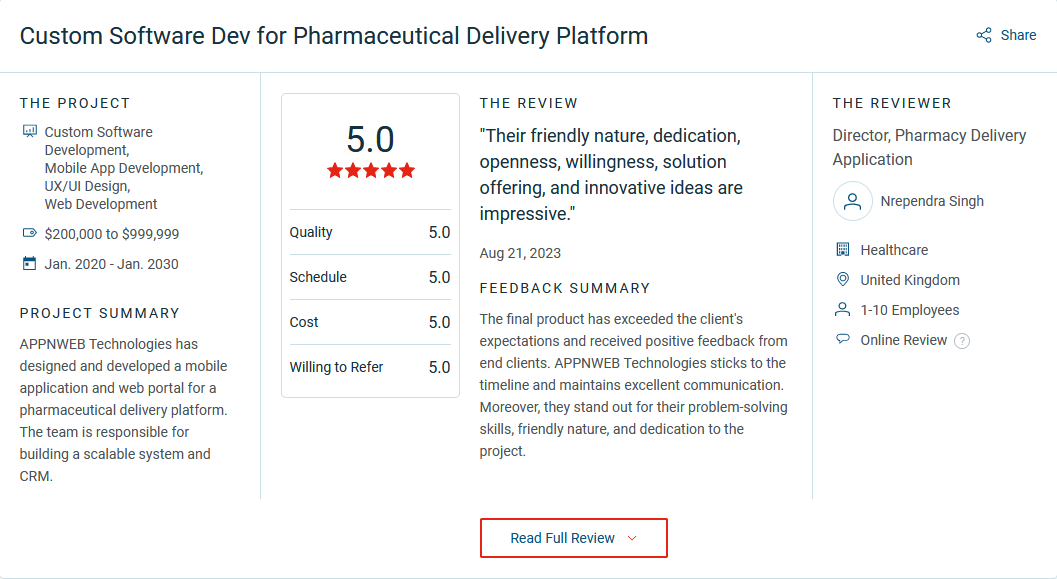
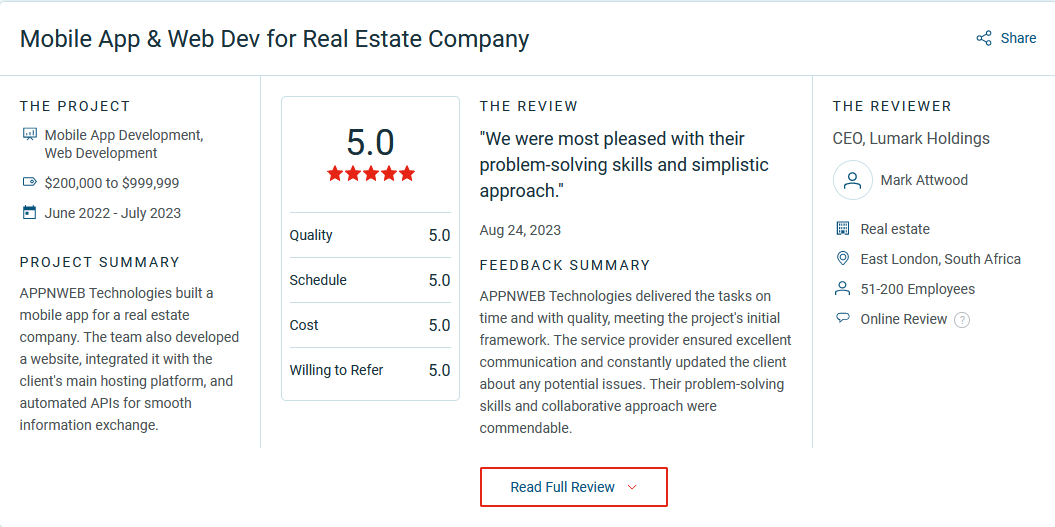
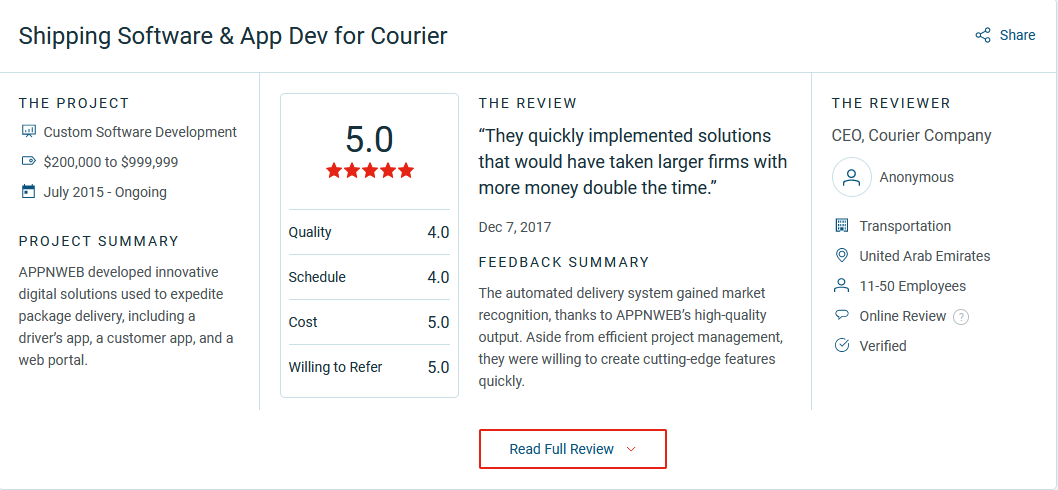
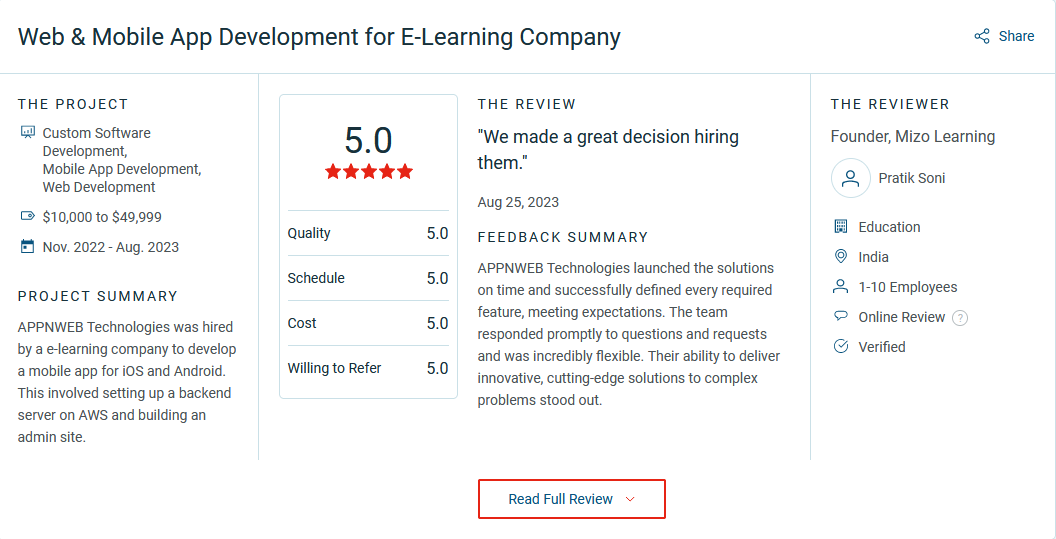
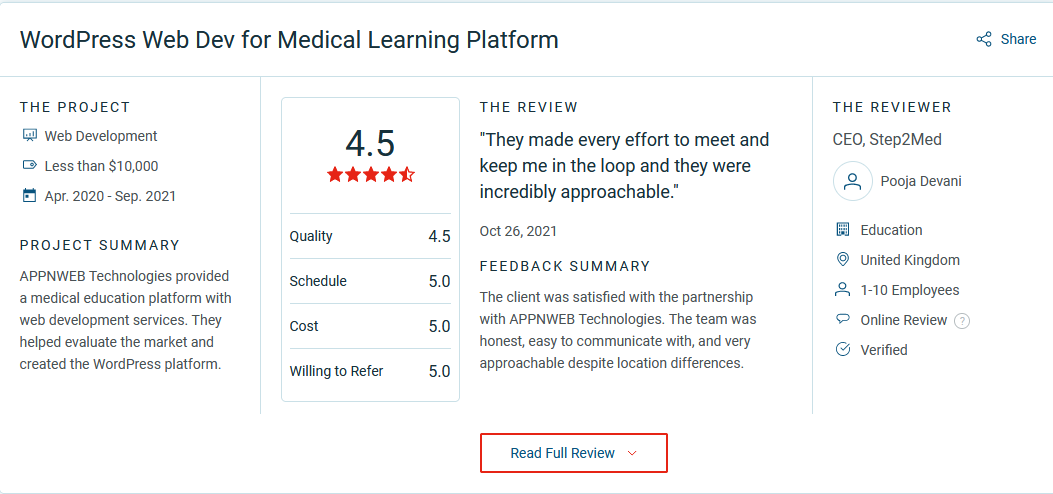












 Hire Craft CMS Developers
Hire Craft CMS Developers
 Hire Flutter Developers
Hire Flutter Developers
 Hire Blockchain Developer
Hire Blockchain Developer
 Hire WordPress Developer
Hire WordPress Developer
 Hire Magento Developer
Hire Magento Developer
 Hire Laravel Developers
Hire Laravel Developers
 Hire SaaS Developers
Hire SaaS Developers
 Hire Shopify Developer
Hire Shopify Developer
 Hire the Best Android Developer
Hire the Best Android Developer
 Hire PHP Developer
Hire PHP Developer
 Hire the Top 3% of Java Developers
Hire the Top 3% of Java Developers
 Hire Fully Vetted Angular Developers
Hire Fully Vetted Angular Developers
 Hire ReactJS Developers in India
Hire ReactJS Developers in India
 Hire iOS Developers in India
Hire iOS Developers in India
 Hire React Native Developers
Hire React Native Developers
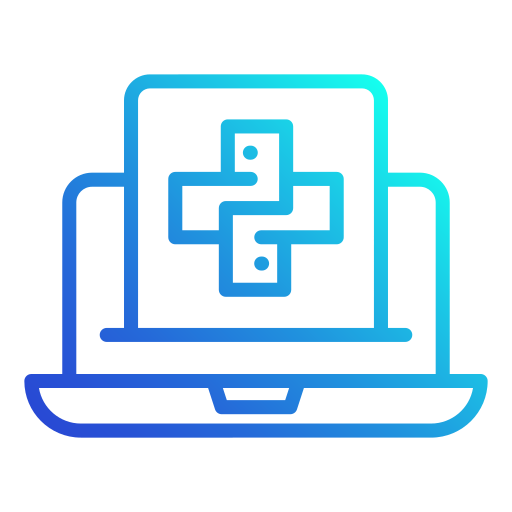 Hire Python Developers
Hire Python Developers
